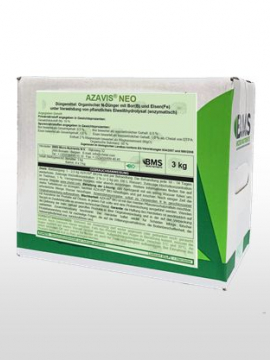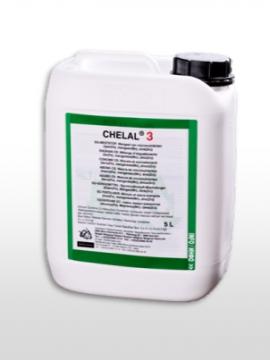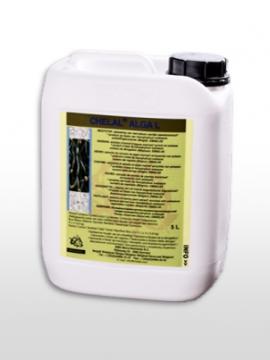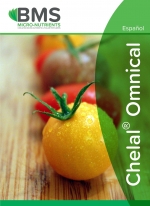You are here
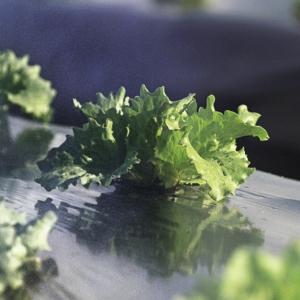
Lettuce
Moderate to high sensitivity to the deficiency of: Ca, Mg, Mn, Mo
Low to moderately sensitivity to the deficiency of: B, Cu
(the sensitivity to the deficiencies of these nutrients can vary in function of the variety)
Lettuce is a fast growing crop with a short life cycle. Therefore it is necessary to guarantee a continuous and sufficient supply of nutrients at all times. The correct fertilization or a good soil fertility will assure this, for most of the nutrients.
Nevertheless deficiencies can occur for some of the elements, and need therefore special attention.
Boron
There is first of all boron. Early applications of this element will stimulate root development which will be of benefit for the plant in later stages for the absorption of nutrients from the soil.
Boron can be applied to the young plants before transplantation by soaking the plant plugs in a solution enriched with Boron, or by early applications in the field just after transplanting.
► Chelal B or Landamine BMo can be used for this purpose.
► Landamine BMo not only contains the boron but also:
- phosphor, which will equally stimulate root development
- small quantities of Molybdenum necessary for nitrogen transformation in order to avoid
Nitrate accumulation in the plant.
Calcium
An other important element in the nutrition of lettuce is calcium. Deficiencies are frequent and have a devastating effect on the quality of the harvest. The cause of deficiency is rarely a low soil concentration of this element, but mostly other factors reduce the absorption and the translocation of the calcium by the plant.
It is of utmost importance to control the humidity, temperature, balance between the different cations in the soil,… in order to reduce problems with the calcium nutrition.
On the other hand foliar applications of calcium in a very mobile from can also be a solution. Chelal Omnical contains calcium in a chelated, and has proven its efficiency in this crop. The combination with Chelal Alga assures a good Calcium nutrition of the plant, and makes the crop also less susceptible for possible fungus infections.
